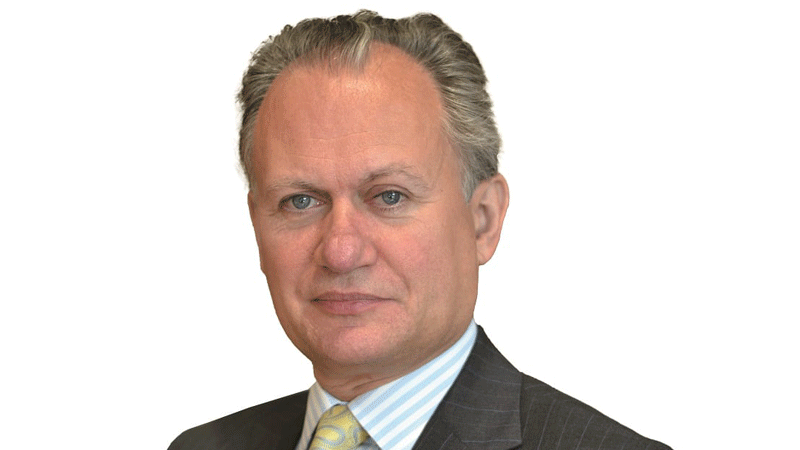Merian Global Investors’ top fund managers believe next year will be easier for risk assets but warn it could be the last dip to buy before rising bond yields and investors chasing momentum ruin the party.
Richard Buxton (pictured), chief executive and head of UK equities at Merian, says a slowing US economy coupled with the Federal Reserve hiking rates could soften the dollar which would help re-synchronise growth across global economies.
He says this could leave bond markets feeling “benign” and “more sanguine about life” which, in turn, would cause equity markets to pick up.
However, Buxton, who is also manager of the Merian UK Alpha fund, warns that could be “the last dip you want to buy” because the cost of capital to large borrowers, both corporate and sovereign, is likely to increase as rates slowly tick up and liquidity dries out after a decade of record lows.
He explains: “There is going to be on a much longer term basis than the next 12 months an increased cost of capital for big earners, and China is turning into a big borrower, so it could be the current relaxed nature of the bond markets persists for some time next year, it buoys risk assets, but ultimately we could have a sucker punch with rising bond yields later on.”
Be careful with momentum
Merian head of global equities Ian Heslop says the return of volatility has materially changed markets over the past 12 months. The last two months have been particularly unpleasant as structural growth companies, those that have performed heroically for the past few years, have repriced based on the perception of interest rate rises.
But Heslop warns investors to be careful with momentum, particularly with regard to these structural growth stocks.
“The way to think about momentum is picking up pennies in front of a steamroller and as volatility comes back, that steamroller is more likely to be right behind you,” he says. “We have seen some of that in recent months but actually the underlying structural change is consistent with the idea that momentum will be dangerous for an extended period of time.
“I’m not saying we will suddenly be in an environment where these stocks will reprice, but what we are likely to have is material tail risk to some of these stocks that have shown material momentum.”
No shift from growth to value
But Heslop does not feel this will prompt a shift from growth to value in the year ahead, despite quantitative tightening withdrawing liquidity from the market and the expectation of mean reversion. He notes the cheap versus expensive stocks trade has not worked since the financial crisis.
“Are we expecting that to work in a period of low risk appetite? Probably not. If we think structural growth is going to become more unstable that doesn’t automatically argue that value will outperform. I think risk appetite needs to be higher than it is, and I don’t expect that to happen in the short to medium term given the uncertainty we have seen in the geopolitical and macro-economic environment.”
Looking to next year, Heslop says that leaves just one option: higher quality stocks. However, low volatility, which he says has been the only consistent performer, is being used as a proxy for quality in the current environment meaning quality has shown some momentum.
“I think the market will revert back to a classic quality purchasing in an environment where we will continue to see a level of significant uncertainty.”
Risk will be supported
Merian head of fixed income Mark Nash says, like Buxton, that risk assets are likely to be supported next year as the US economy is weakening back to trend as interest rate-sensitive sectors including housing, autos and oil have all come off the boil.
He also believes global risk sentiment will be helped by China and the US coming up with a trade deal because it is important for China to attract capital from overseas to fund its growth by opening up its trade and capital markets.
Nash also thinks the Fed will hike once this month before pausing which will cause yields to come down and the yield curve to steepen. The ECB will delay rate rises but risk should still be supported in general across the board for next year, he says.
“Yes, there is pain because we had an overvaluation of US assets and we had credit spreads too tight so we are going through an adjustment phase,” he adds. “But because the underlying economy in the US is pretty strong, the path of least resistance is probably still down for a lot of these markets but it should at some point halt. We also think corporate bonds will have a better year.”










